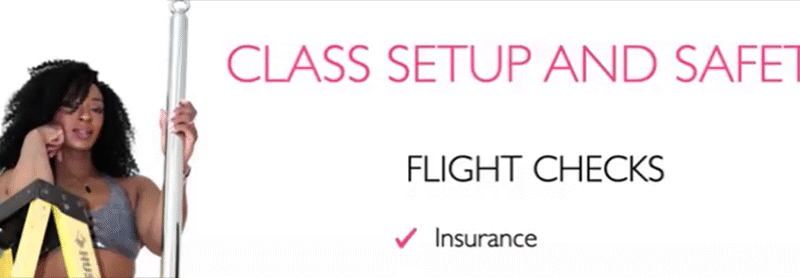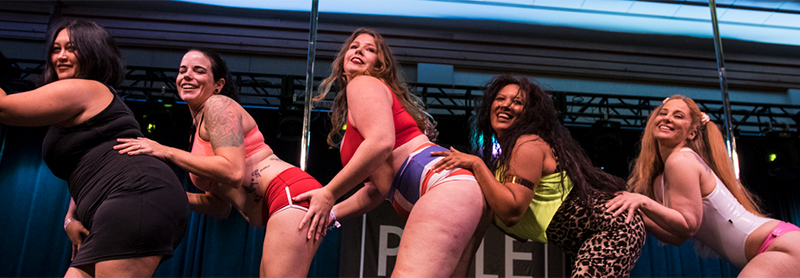A train-cation is a trip (usually away from home) where you focus for a specific…

Three Ways to Improve Longevity as a Pole Dance Instructor
Pole dance is demanding on the body. Instructing pole dance can be even more demanding.
But it doesn’t have to be.
In the pole industry, we tend to put a lot of pressure on our instructors to be advanced polers. We expect them to be able to demonstrate the most advanced tricks and move their bodies like professional dancers.
Other sports don’t put these demands on their instructors. Think about gymnastics coaches – they are not out there demonstrating tumbling on the floor or balancing on the beam. Think about figure skating coaches – they often coach from the boards and rarely put their skates on.
So why do we put these demands on our pole dance instructors?
The expectations for instructors to be advanced polers could lead to burn-out, drop-out, and even increased risk of injury. Therefore, the following three tips can be used by instructors themselves and/or studio owners managing instructors to decrease risk of injury, prevent burn-out, and improve longevity.
1. Take care of your body and let it recover.
This one should go without saying, but it is the most important. Many pole instructors will teach back to back classes, and some instructors will stack all their classes in one day. If this is the case, dedicate the following day to rest to allow the body to recover. Drink extra water because you will probably not notice how much you are sweating during class. Bring a drink with electrolytes (coconut water, Gatorade, etc.). If you are instructing strengthening exercises, bring a form of protein to eat after teaching or between classes.
2. Use alternative methods to demonstrate tricks.
If you are the instructor that demonstrates everything, challenge yourself to demonstrate in different ways to not overwork your body. Can you talk through the tricks? Maybe give the instructor pole to a student so that you can walk around and instruct using your words. Or ask one of your students who you know to demonstrate the trick (with proper spotting of course).
Record yourself once and play the video during class on replay. Use a laptop or large screen so that all students can see. Maybe you could use Instagram to demonstrate. Just make sure you give credit where credit is due when using content from other instructors or pole dancers.
3. Practice what you preach.
When teaching, use the principles that you are trying to instill in your students. Warm-up properly with your students. Take and encourage water breaks during class. Take and encourage rest breaks during and between classes. Train and demonstrate both sides. If it seems impossible to demonstrate more advanced tricks on your non-dominant side, start with the beginner moves to build up strength on that non-dominant side.
Pole dance instructors usually become instructors because they have a passion for teaching and love helping others discover the many benefits of pole. Let’s support and encourage their longevity in this sport!



